My name is Chrissi, and I am a committee member with the Friends of Box-Iron Bark Forests. As someone who works as a conservation ecologist, but is new to living on Dja Dja Wurrung Country, I am aware of how little I know and how much I must learn about the cultural and ecological history of this place. On a chilly morning in mid-May, I was lucky enough to nab a spot at a collaborative event hosted by Connecting Country and Dja Dja Wurrung. It consisted of talks, conversations and a site tour, exploring some of the forest gardening practices outlined in DJAARA’s Galk-galk Dhelkunya Forest Gardening Strategy. The following is a small highlight of what I took away from the amazingly informative morning plus some extra curricula reading of the strategy.
The morning began with a Welcome to Country and Smoking Ceremony by Dja Dja Wurrung elder Uncle Rick Nelson who emphasized that “everyone is needed to heal country”. As a non-Indigenous person with English, Irish and North American heritage I find it a welcome reminder of the importance of the magnitude of restorative work there is to do, particularly in a landscape that has been so heavily impacted by colonial practices that had little respect for the rich ecological and cultural heritage.
After being welcomed onto Djaara Country we all funneled back inside for a presentation by DJAARA employee and Galk-galk Dhelkunya forest gardening project manager, Oli Moraes.
The Galk-galk Dhelkunya (translated too to care, to heal trees and forests) is “Djaara’s contemporary philosophy and practice of managing Djandak’s (Dja Dja Wurrung Country) cultural landscapes” [1]. The strategy is “guided by Dja Dja Wurrung cultural Lore and obligations. Djaara’s connection to Country, cultural rights and obligation have never ceased, nor was sovereignty ever ceded”[2]. The strategy doesn’t shy away from the challenges of incorporating cultural land management practices across a wide variety of tenure types, but it also provides clear guidance and a generous opportunity for non-Djaara land managers to support Djaara priorities.
Oli’s presentation highlighted the ways in which Dja Dja Wurrung Country still bears the scars of relatively recent destructive practices such as gold mining and intensive forestry.
One key historical legacy that Djaara is tackling with the forest gardening practices is the overabundance of galka (trees) across a range of forest types on Djaara country. Too many trees may seem like a strange problem for those not embedded in the world of conservation land management, but an overabundance of trees in some forest types can have negative ecological and cultural consequences. Forests with too many trees (compared to what’s normal for healthy mature forests of that type) can block sunlight from reaching the ground. This can stop smaller plants from growing and reduce the variety of habitats available in the forest. An overabundance of trees also increases the competition for sunlight and nutrients, which can cause trees to grow skinnier and straighter than they would if they were in a less competitive environment. While tall straight trees can be useful for timber harvesting (and are natural in some forests), in other forest types, tall skinny straight trees reduce the understory biodiversity and reduce the likelihood that trees will form large limbs which over decades can naturally break off leaving behind tree hollows. Ecologically, large hollow bearing trees are critically habitat for species such as sugar gliders and brush-tailed phascogales who rely on hollows for their homes. On a small scale, a patch of dense trees provides its own unique habitat, however wide spread clearing and logging across the region has resulted in an abundance of forests with overabundant dense straight trees and a relative dearth of sparse large hollow bearing trees.
Cultural thinning is a culturally responsive method based on the scientific principle of ecological thinning. This involves selectively removing some trees to reduce the overall competition for resources and improve the growth rate of the surviving trees. In some forest types, thinning occurs naturally over time; ecological thinning accelerates this process to help create a healthier, more resilient ecosystem that can support a greater diversity of plant and animal life. Like ecological thinning, cultural thinning involves “selectively removing galka in overly dense spaces” for ecological and community benefits however, cultural thinning has the additional elements of “reaping cultural outcomes such as increased space for older galka to thrive and utilisation of thinned product for tools and artifacts.”[3]
We were able to view some of the recent outcomes of cultural thinning during the tour of a patch of the Wombat Forest in Leonards Hill that is comanaged by DJAARA. The patch was a messmate stringybark (Eucalyptus obliqua) and candlebark (Eucalyptus rubida) dominated forests with a scattering of narrow-leaf and broad-leaf peppermints (Eucalyptus radiata and E. dives ), blackwoods (Acacia melanoxylon) and silver wattles (Acacia dealbata). The forest had been regularly harvested by Forestry Victoria up until the 1990’s utilizing a mix of forest harvesting techniques. One third of the site had been clear-felled (all trees removed) with the other two thirds having been selectively logged with some larger trees left as seed trees. To heal Country Djaara have been combining cultural methods with ecological sciences to understand the landscape from multiple perspectives. In studies of the site, the clear-felled area had an average of 2000 tree stems per hectare and in the selectively logged patch there was on average 1000 tree per hectare. A mature patch of this forest type should have around 20 large trees per hectare. If the forest was left to naturally mature (and in the absence of any large-scale fire or other disturbance event) the forest would likely naturally self-thin but this could take hundreds of years.
A key distinction between the ecological practice of thinning and the cultural practice of thinning is not only the expanded cultural outcomes, but the on-ground approach to thinning. Rather than the scientific outcome, of a strict number of stems per hectare, Djaara’s approach to thinning takes a distinct approach, part of which is based on what feels culturally right and what is culturally desired for the landscape.
As we walked around the culturally thinned forest, Oli highlighted that the thinned trees presented as much of a problem as an opportunity and there was no easy fix as to what to do with all the wood. The current approach is a blend of scientific, cultural and trial and error. In some patches trees have been ringbarked to kill the tree but the dead stems are left to naturally fall over. In other patches trees have been felled, but timber is left on the forest floor. Elsewhere, trees have been cut down and the timber has been removed off site. Oli highlighted that where timber was removed, it is not Djaara’s intention to make any money out of the harvesting and that the wood was not quality firewood, however some pieces of timber are utilised by the on-ground crew for cultural and creative practices. Across the different techniques the Djaara are returning to the site to observe the different ecological responses.
Cultural thinning is only one of the practices that are outlined in Galk-galk Dhelkunya forest gardening but it was the practice we explored in the most detail during the tour. Other techniques include Djandak Wi (cultural fire practices), revegetation and rehabilitation of Djandak where vegetation has been removed, regenerative practices and partnerships across Djandak and practices to protect gatjin (water) across the landscape[4].
Restoring balance to the landscape, both ecologically and culturally, is a core element of all the practices in the Galk-galk Dhelkunya forest gardening project. “If you don’t have all the elements of the ecosystem including Djaara, things are out of balance” shared Oli.
The morning left me feeling lucky to have access to such a generous sharing of knowledge so early into my time living and working on Djaara Country and hopeful for future scientific and cultural collaboration.
[1] Page 16 of Galk-galk Dhelkunya Forest Gardening Strategy 2022-2034.
[2] Page 7 of Galk-galk Dhelkunya Forest Gardening Strategy 2022-2034.
[3] Page 31 of Galk-galk Dhelkunya Forest Gardening Strategy 2022-2034.
[4] Pages 31 – 35 of Galk-galk Dhelkunya Forest Gardening Strategy 2022-2034.
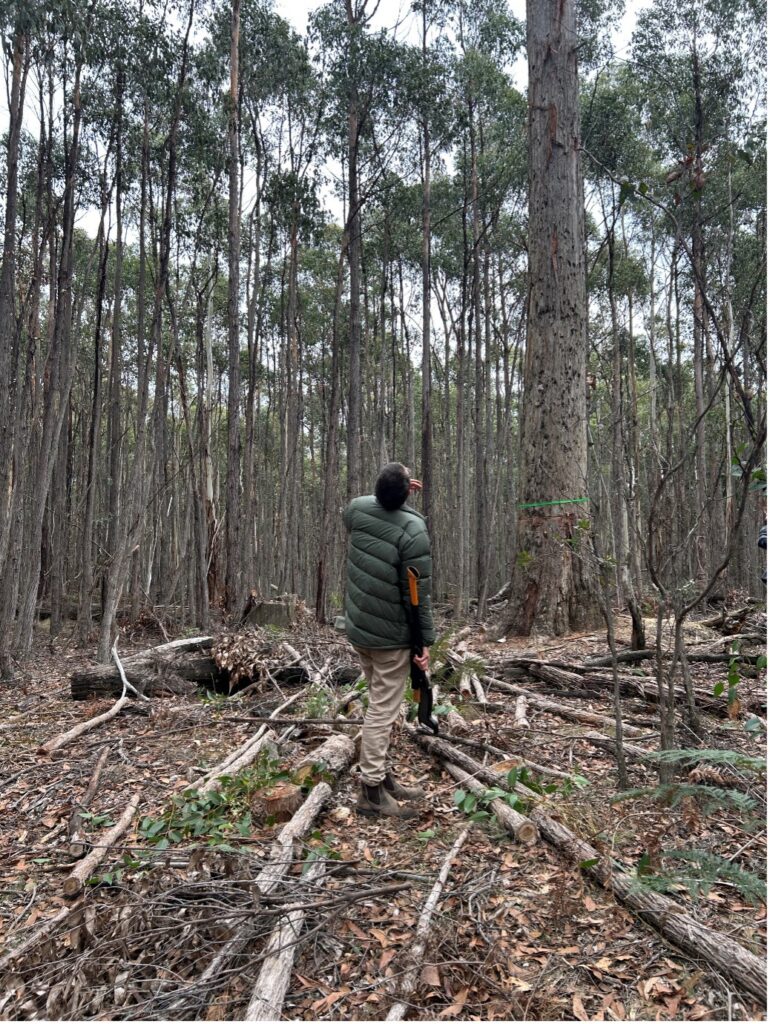
Oli standing amongst a patch of culturally thinned forest where the timber. Photo: Chrissi Charles
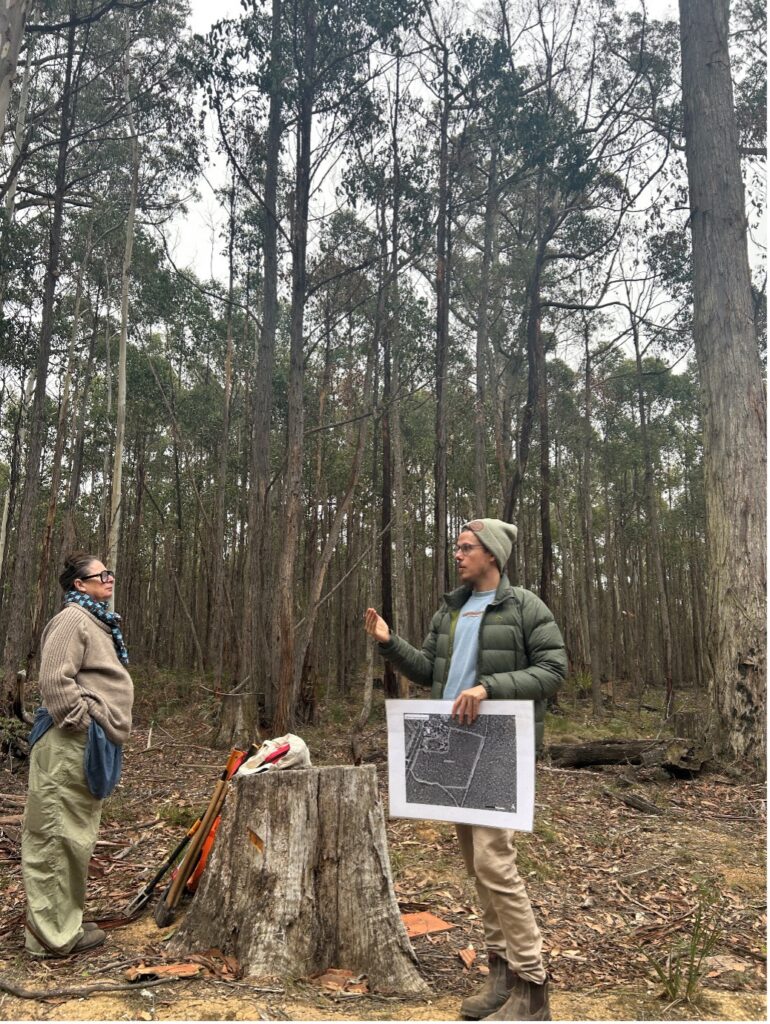
Oli introducing us to the site, photo: Chrissi Charles
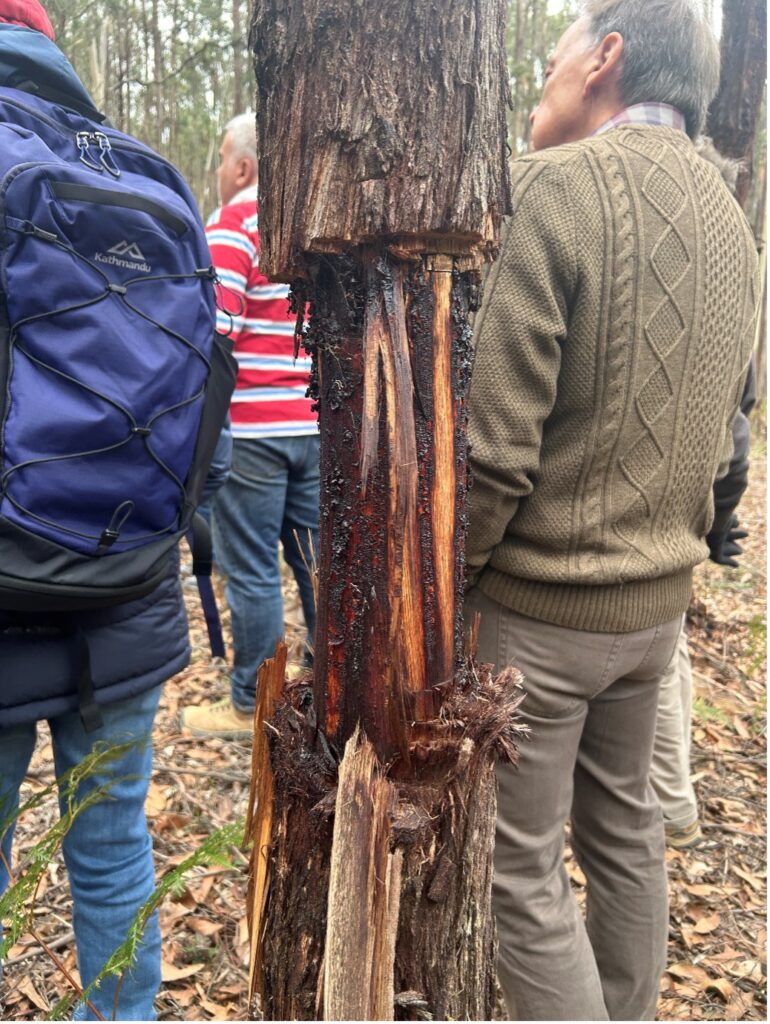
An example of a recently ring barked tree where the stem has been left in the landscape, photo: Chrissi Charles
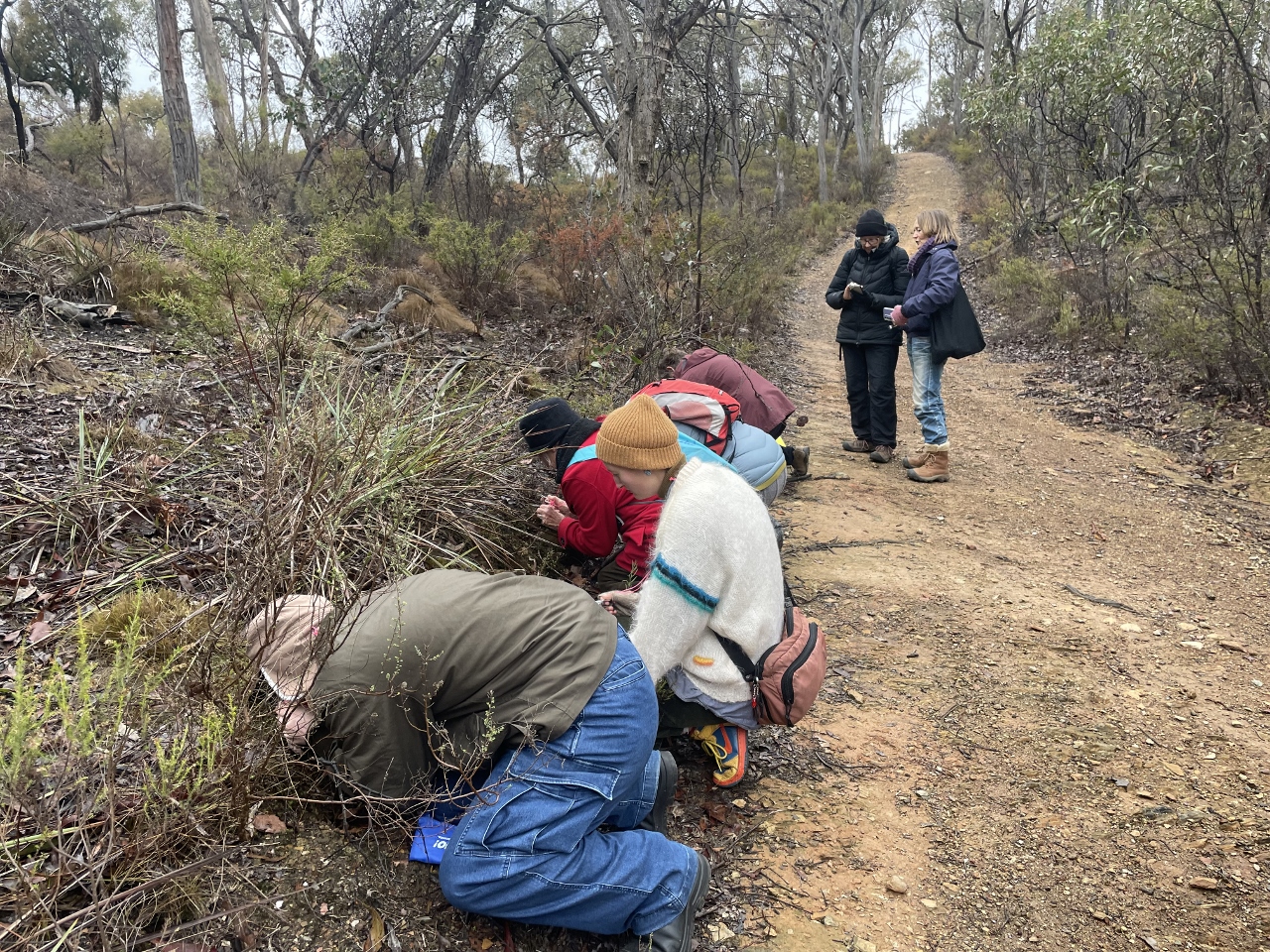

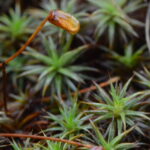
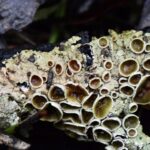

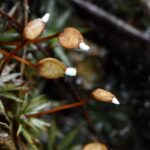
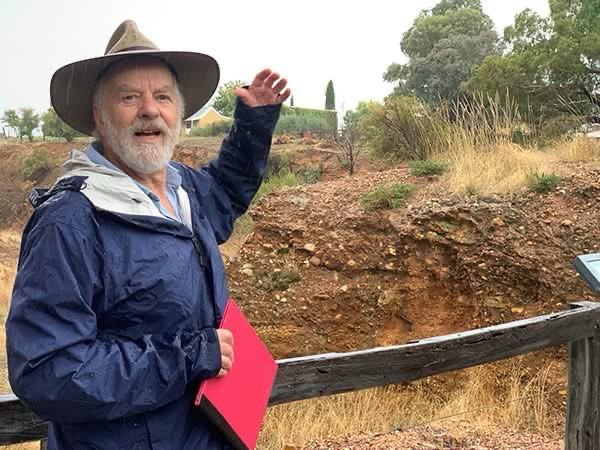
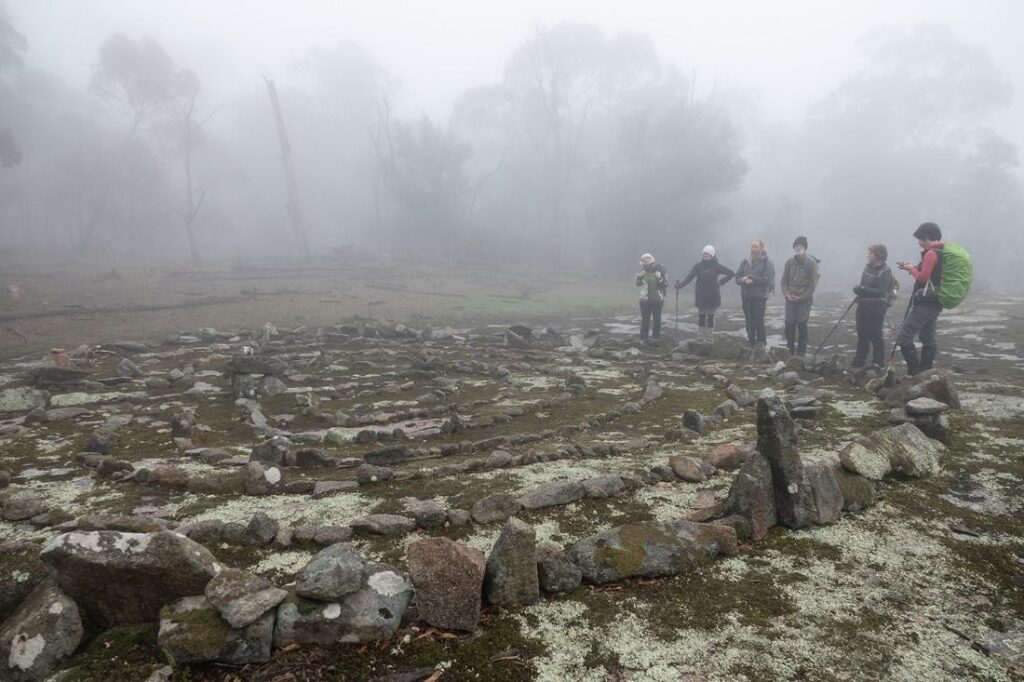
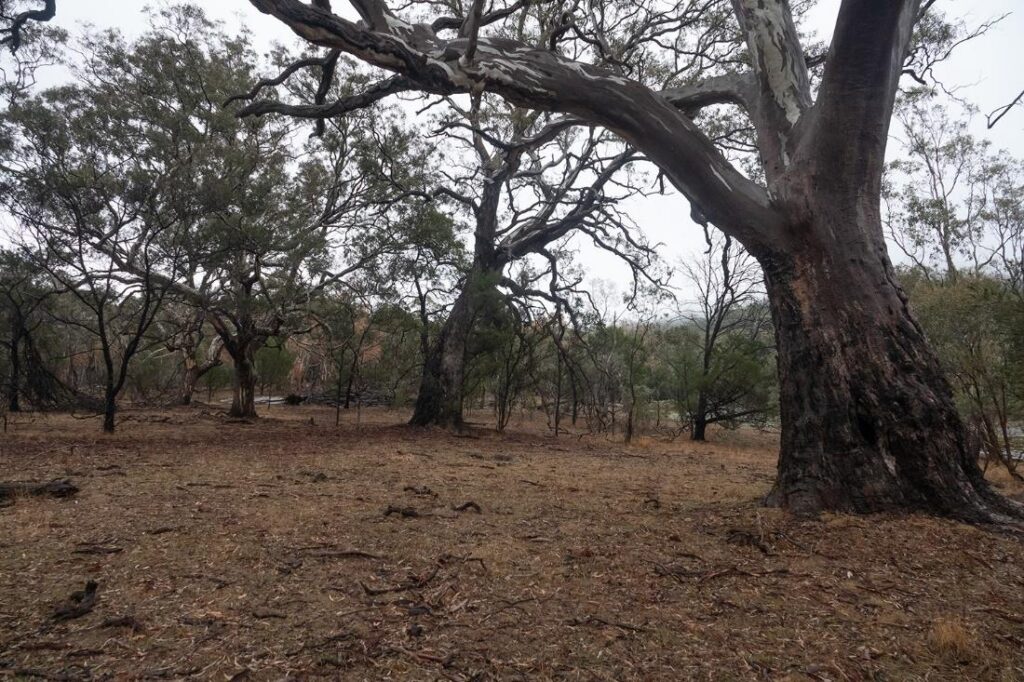
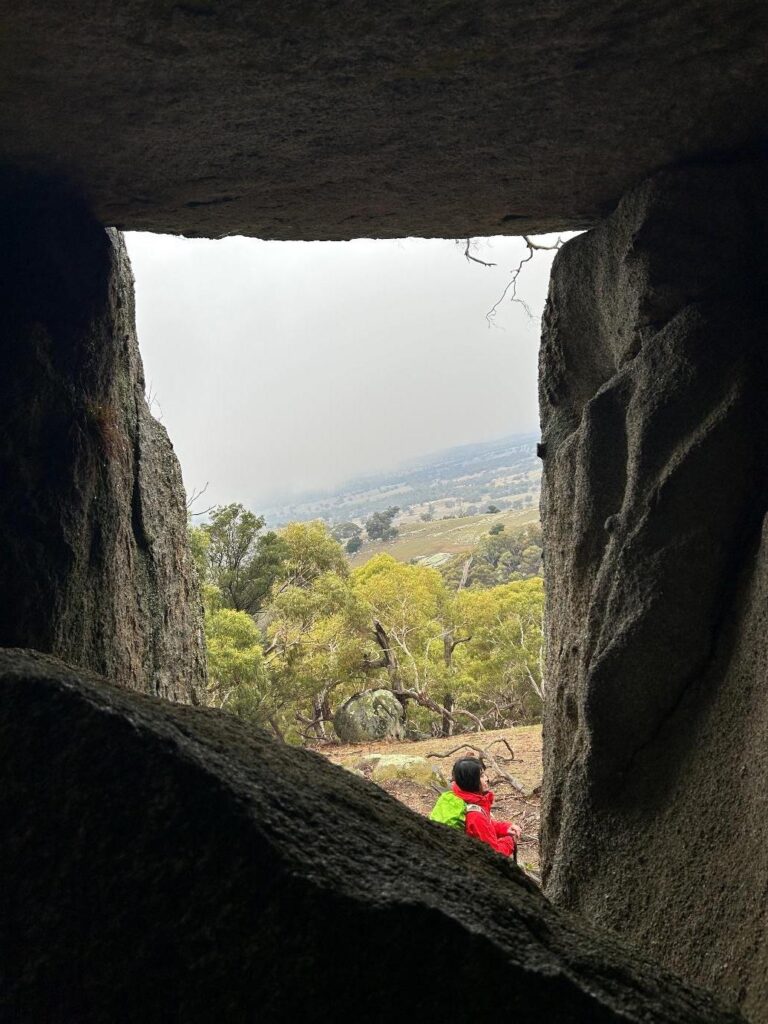
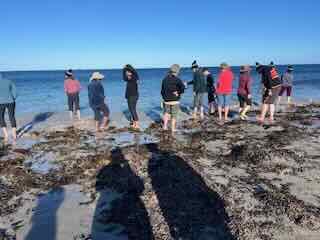



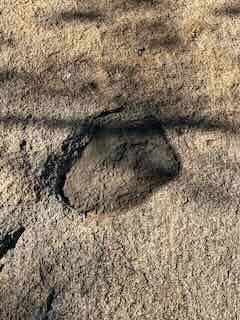
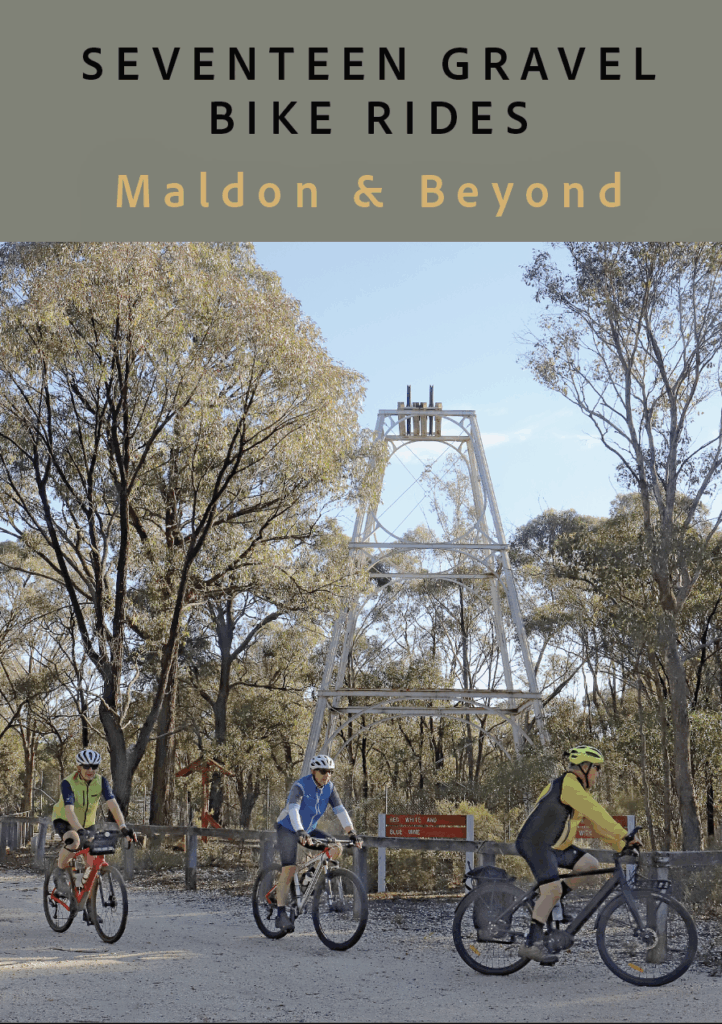



 Click on image for info/order page
Click on image for info/order page Click on image for info/order page
Click on image for info/order page Click on image for info/order page
Click on image for info/order page




















